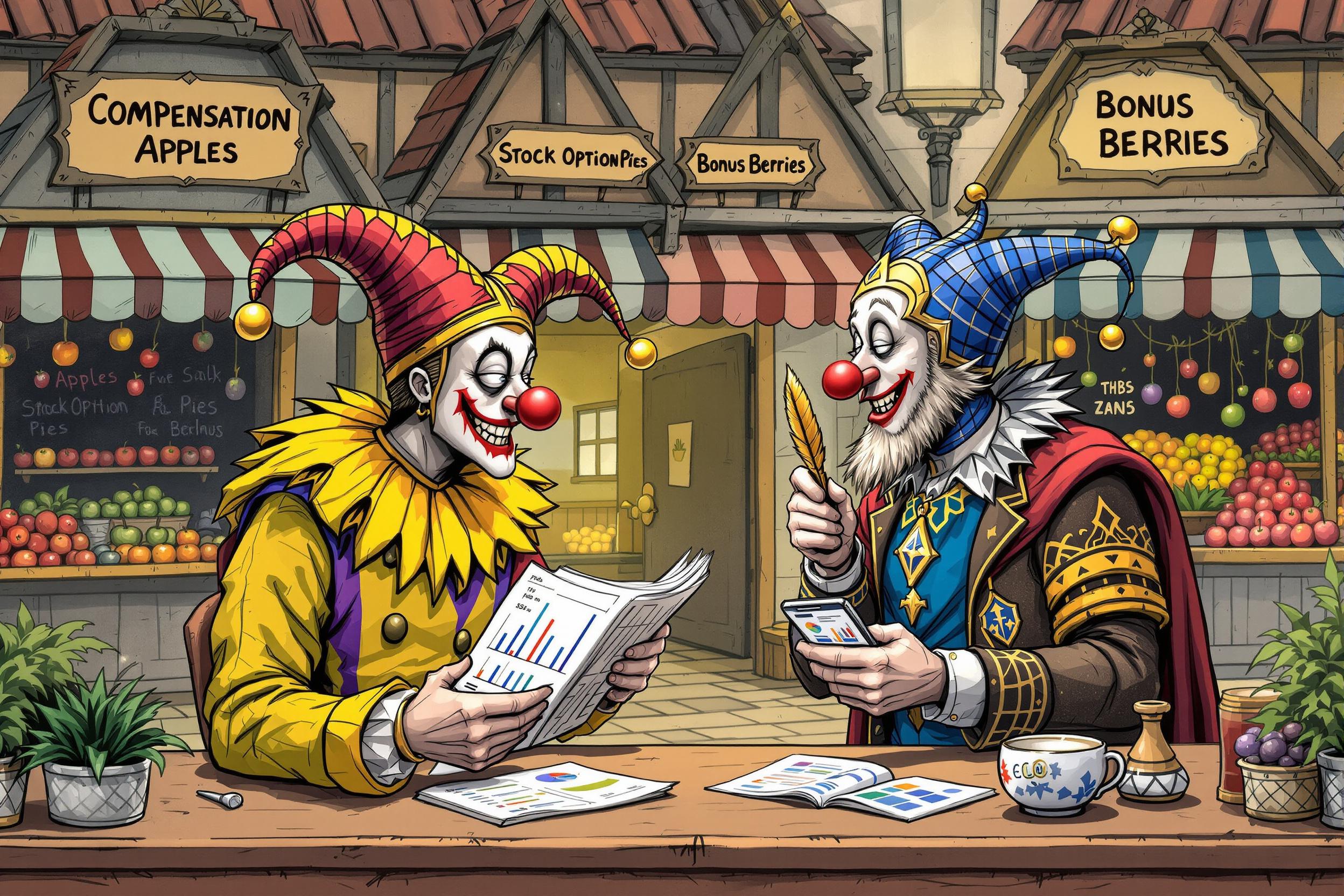
Art Valuation
Art Valuation is the process of determining the monetary worth of artworks, antiques, and collectibles. This skill is essential in the art market, where professionals need to assess items for sales, insurance, or tax purposes. It involves analyzing factors like an artwork's condition, authenticity, artist reputation, market trends, and sales history. Think of it as similar to how real estate appraisers determine property values, but for art objects. This expertise is crucial for auction houses, galleries, museums, and insurance companies.
Examples in Resumes
Conducted Art Valuation for private collections worth over $2M
Performed Art Valuations and Art Appraisals for major auction house clients
Led team responsible for Art Market Valuation of contemporary artwork acquisitions
Typical job title: "Art Valuators"
Also try searching for:
Where to Find Art Valuators
Professional Organizations
Online Communities
Job Boards
Example Interview Questions
Senior Level Questions
Q: How do you approach valuing a previously unknown artwork by a major artist?
Expected Answer: They should explain the process of authentication, market research, condition assessment, and comparative analysis with similar works. Should mention consulting auction records, expert networks, and historical documentation.
Q: How do you stay current with art market trends and price fluctuations?
Expected Answer: Should discuss using multiple sources like auction results databases, market reports, gallery relationships, and attending major art fairs and exhibitions. Should mention maintaining professional networks and continuous education.
Mid Level Questions
Q: What factors do you consider when valuing contemporary art?
Expected Answer: Should mention artist reputation, exhibition history, sales records, medium, size, condition, provenance, and current market trends. Should also discuss how gallery representation affects value.
Q: How do you document your valuation process?
Expected Answer: Should explain creating detailed condition reports, photographing artwork, researching provenance, and writing comprehensive valuation reports with market comparables and supporting documentation.
Junior Level Questions
Q: What basic information do you need to start a valuation?
Expected Answer: Should list artist name, artwork details (size, medium, date), condition, provenance, and ownership history as essential starting points for any valuation.
Q: How do you verify the authenticity of an artwork?
Expected Answer: Should describe basic authentication steps like checking signatures, examining documentation, consulting catalogs, and knowing when to refer to senior specialists or authentication boards.
Experience Level Indicators
Junior (0-2 years)
- Basic artwork assessment and documentation
- Understanding of art history and periods
- Knowledge of main art market databases
- Ability to write basic condition reports
Mid (2-5 years)
- Independent valuation of moderately complex items
- Market analysis and trend interpretation
- Client relationship management
- Detailed report writing and research
Senior (5+ years)
- Complex valuations of high-value collections
- Expert market knowledge and network
- Team leadership and mentoring
- Advanced authentication expertise
Red Flags to Watch For
- No formal art history education or relevant certification
- Lack of knowledge about major art market databases and resources
- Unable to explain basic valuation methodologies
- No understanding of art market ethics and confidentiality
- Limited knowledge of different art periods and movements
Related Terms
Need more hiring wisdom? Check these out...

The Hidden Art of Salary Negotiation: How to Win Hearts Without Going Broke

Unlocking the Competitive Edge: Benchmarking Your Talent Acquisition Metrics

Cutting HR Costs Without Sacrificing Quality: A How-To for Savvy Executives

